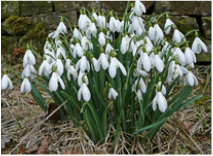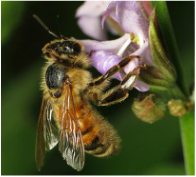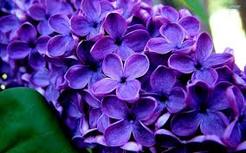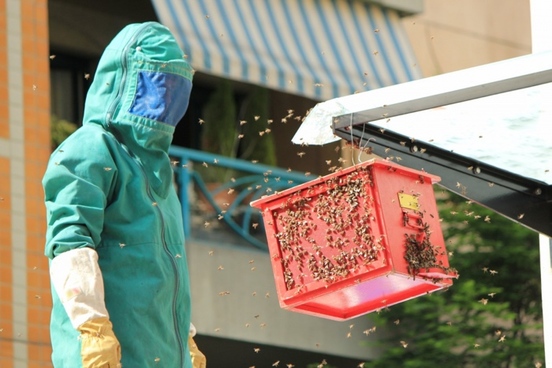Flowers You Can Plant To Help The Bees!
I am going to talk to you about flowers you can plant in your garden and they will attract bees.
Bees find blue, purple and yellow flowers most appealing. Long-tongued bees will be attracted to plants in the mint family, such as nepeta, salvia, oregano, mint and lavender. Long-tongued bumblebees are attracted to flowers with hidden nectar spurs, such as monkshood, larkspur,monarda, snapdragons and columbine. Down below are some flowers i mentioned and some i didn't that can benefit you garden and our lovely bees.
Bees find blue, purple and yellow flowers most appealing. Long-tongued bees will be attracted to plants in the mint family, such as nepeta, salvia, oregano, mint and lavender. Long-tongued bumblebees are attracted to flowers with hidden nectar spurs, such as monkshood, larkspur,monarda, snapdragons and columbine. Down below are some flowers i mentioned and some i didn't that can benefit you garden and our lovely bees.
SnowdropsSnowdrops provide both a nectar and pollen source for bees in the late winter and early spring. Snowdrops are one of the common bees most favorite flowers as well as a treat for gardeners who own the garden.The little white heads from these flowers sprout up through snow and ice, weeks before spring is officially here. Honey bees love this plant and so will you.This beautiful plant will benefit them and you.
|
Salvia This particular flower attracts many nectar lovers to many different gardens. The salvia that mainly attract bees are found in Europe and Asia ,these groups of salvia attractive to honeybees, bumblebees and native bees.
|
LilacsThese plants produce both nectar and pollen. Bees love lilacs, lilacs reproductive success hinges on a healthy bee population. The bees will move from between to collect nectar for sustenance. Here's the amazing part as they move actively through the flower the brush off pollen and it benefits you and them.
|
What To Do If You Need To Remove Bees!!
|
If you ever find a beehive near your house the first thing you should do is leave it alone. Don't try to touch it or remove it yourself, this could lead to injury. You should contact your local beekeeper to come and remove the bees. It would benefit the both of you. The beekeeper could take the bees to a safer environment away from humans. You would be able to walk around your house freely without any fear of being attacked.
|





